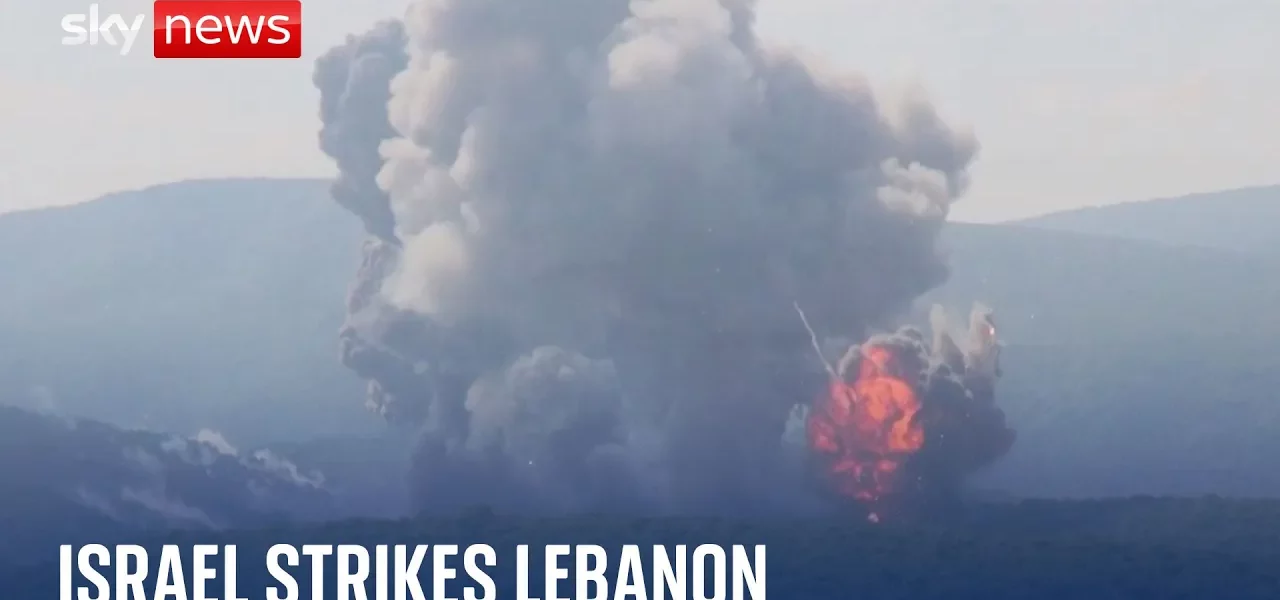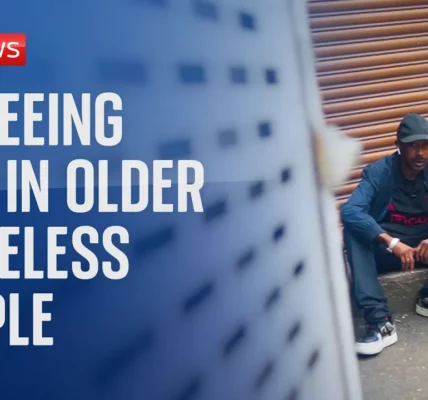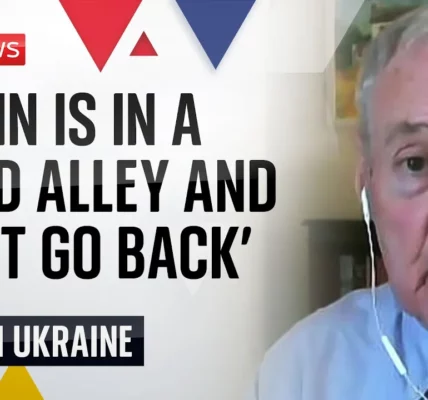Israeli Preemptive Strike: An In-Depth Analysis of Recent Conflicts in Southern Lebanon

This article delves into the Israeli Defense Forces’ (IDF) recent preemptive strike in Southern Lebanon. We explore the motivations behind the attack, the immediate repercussions, and the broader implications for regional stability, particularly regarding the ongoing conflict with Hezbollah.
Introduction to the Conflict
The situation in Southern Lebanon has reached a critical juncture following a significant preemptive strike by Israel in the early hours. This military action, described by the IDF as an act of self-defense, was initiated against the backdrop of escalating tensions and threats from Hezbollah. Understanding this conflict requires a closer look at the events leading up to the strike and the involved parties’ motivations.
Details of the Preemptive Strike
In a calculated move, the IDF launched a preemptive strike targeting missile and rocket launchers believed to be poised for a retaliatory attack by Hezbollah. The IDF claimed that they acted on precise intelligence indicating an imminent threat. This section examines the implications of such military strategies.
Timing and Execution
The strike occurred around 4:45 AM, a time chosen for maximum impact and surprise. The IDF reported destroying thousands of short-range rockets intended to target Israeli citizens and military forces in the Galilee region. This assertion highlights the IDF’s focus on intelligence-driven operations to mitigate perceived threats.
Hezbollah’s Response
Hezbollah, in turn, confirmed that it launched hundreds of missiles and rockets at various Israeli military bases, asserting their readiness and capability to retaliate. This exchange of fire indicates a rapidly escalating military confrontation between the two parties.
The Human Impact of the Conflict
The preemptive strike and subsequent exchanges of fire have had profound effects on the civilian populations in both Lebanon and Israel. The situation has led to fears and uncertainties among the local communities.
Deserted Towns and Fear Among Civilians
In Southern Lebanon, many towns and villages are now ghost towns, with residents fleeing to safer areas. Families in both Lebanon and Israel are facing the psychological toll of living under the threat of violence.
Personal Accounts and Reactions
Dr. Khaled Alhajj, a resident of the region, shared his family’s experience during the strike, describing it as a catastrophe. Such personal narratives provide insight into the human cost of military conflicts.
The Potential for Escalation
With the recent escalation, the question arises: are we on the brink of a broader conflict? Analysts and military experts weigh in on the potential outcomes of this ongoing confrontation.
Expert Opinions
Military analysts suggest that while this round of fighting may appear to be over for now, the underlying tensions remain unresolved. The possibility of an all-out war looms large, as both sides continue to prepare for further confrontations.
Geopolitical Implications
The conflict between Israel and Hezbollah has significant ramifications not only for the two parties involved but also for regional stability in the Middle East. The international community is closely monitoring the situation, with potential repercussions on diplomatic relations and security strategies.
Conclusion
The Israeli preemptive strike against Hezbollah in Southern Lebanon marks a significant escalation in a long-standing conflict fraught with complexity. As both sides prepare for potential further confrontations, the impact on civilians and the broader geopolitical landscape remains a pressing concern. For those interested in staying updated on this evolving situation, we encourage you to follow our articles on regional conflicts and military strategies.
“`




